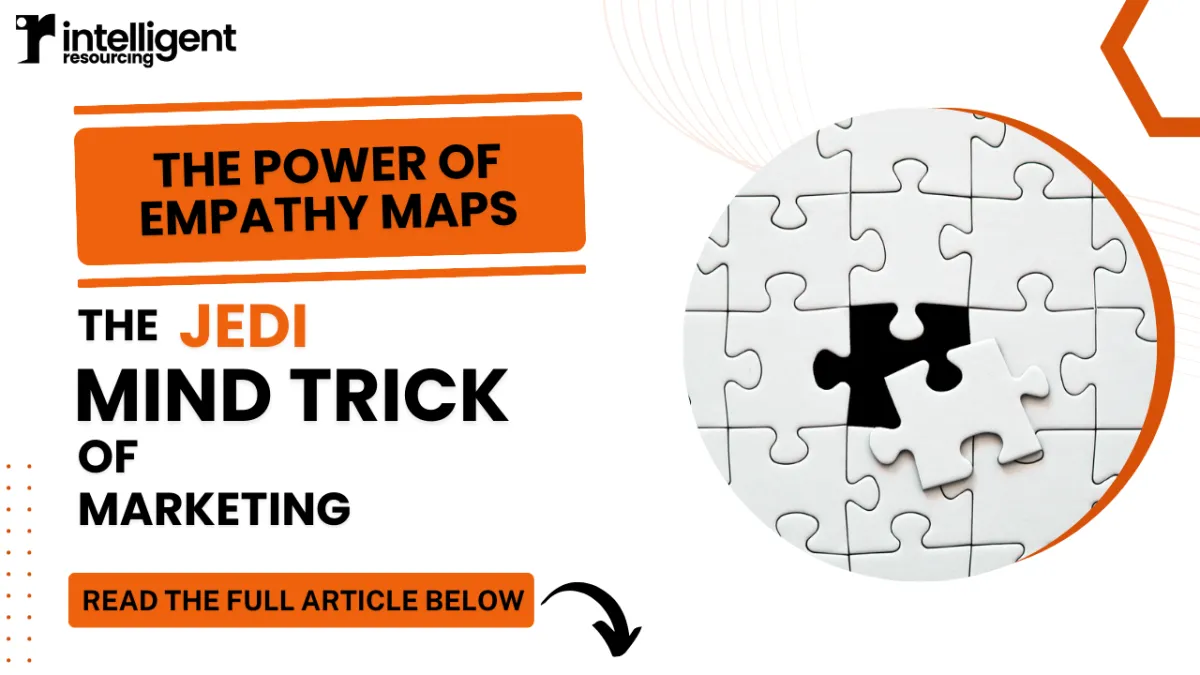
Why Most AI-Generated Content Fails (And How a GTM Engineer Fixes It)
AI Content is Broken. Here’s the Fix.
Most businesses using AI for content are making a critical mistake. They assume ChatGPT can produce high-quality messaging with minimal effort. They use generic templates, vague prompts, and surface-level AI automation, expecting it to deliver engaging, personalised content effortlessly.
The result? Bland, repetitive content that fails to engage or convert.
If AI-generated content lacks personality, depth, or impact, the issue isn’t AI itself. The problem is that AI isn’t being trained properly.
A Go-To-Market (GTM) Engineer solves this by engineering AI-driven content systems that scale without sacrificing quality or relevance.
AI Isn’t the Problem. Your Approach Is.
Many businesses believe AI is the ultimate solution to their content challenges. However, AI doesn’t replace strategy—it amplifies it. Without structured guidance, AI-generated content can:
Sound generic, mimicking existing content.
Lack consistency, with messaging varying across platforms.
Miss the audience's needs, as AI doesn't inherently understand who it’s addressing.
Require excessive editing, creating more work instead of saving time.
The reality is that AI needs a system. A GTM Engineer builds that system, ensuring AI-generated content is personal, precise, and performance-driven.
According to a report from Accenture, companies that integrate AI into their marketing strategies can significantly improve media spend efficiency and overall content effectiveness (Accenture).
How a GTM Engineer Trains ChatGPT to Create Content That Works
1. Define Brand Voice and Structure AI to Follow It
Before AI can generate meaningful content, it needs a clear framework. A GTM Engineer ensures ChatGPT understands:
Tone: Should the content be authoritative, conversational, or direct?
Phrasing: Are there specific industry terms to use or avoid?
Content Structure: Should it follow a step-by-step guide, storytelling, or data-driven insights?
Most businesses skip this step, leading to inconsistent, forgettable AI-generated content. But with clear guidelines, AI can mirror a brand’s voice perfectly.
A study by The Wall Street Journal highlights how professionals are integrating AI into their workflows to maintain consistency and efficiency in communication (WSJ).
More details on how businesses achieve this can be found in AI-powered content execution services.
2. Align Content with the Right Audience
A GTM Engineer ensures that AI understands who it is speaking to. Without this, AI-generated content often feels irrelevant. AI must be aligned with:
Industry and role: Are you speaking to SaaS founders, sales leaders, or operations managers?
Buying stage: Is the content for awareness, consideration, or decision-making?
Emotional triggers: Does the audience prioritise cost savings, efficiency, or scalability?
AI-powered personalisation is essential for engagement. Retail brands leveraging AI have increased conversion rates by 35%, demonstrating the impact of audience-aligned content (Mailmodo).
3. Optimise AI for Different Platforms
AI-generated content shouldn’t be one-size-fits-all. A GTM Engineer ensures AI adapts messaging based on the platform:
Blogs should be SEO-optimised and long-form.
LinkedIn posts should be short, engaging, and discussion-driven.
Sales emails should be direct, personalised, and action-oriented.
Without optimisation, AI-generated content feels robotic. When properly structured, it feels natural to the platform, improving engagement and conversions.
A HubSpot report found that businesses optimising AI-generated content for platform-specific formats experienced a 27% increase in audience retention (HubSpot).
4. The Power of a Super Prompt: Training AI for Precision
Most businesses fail to extract real value from AI because they use basic, one-off prompts. A GTM Engineer takes AI-driven content to the next level by implementing Super Prompts—structured, layered instructions that train AI to:
Maintain brand voice consistently.
Adapt to different audience segments and industry-specific contexts.
Create content that aligns with business objectives and conversion goals.
Ensure messaging feels intentional, not robotic.
Example of a Super Prompt in Action
A basic prompt might be:
"Write a LinkedIn post about AI in marketing."
A Super Prompt, however, provides layered instructions:
"Write a 200-word LinkedIn post on how AI is transforming marketing. The tone should be authoritative yet conversational. The post should start with a strong hook, include a thought-provoking insight, and end with a call to action. Tailor the language to SaaS founders and marketing leaders. Keep it concise, engaging, and structured for easy readability."
This removes ambiguity, ensuring AI-generated content is high-value, structured, and strategically aligned.
5. Implement AI Feedback Loops for Continuous Improvement
AI doesn’t improve on its own. It requires structured feedback to refine content quality over time. A GTM Engineer sets up feedback loops by:
Challenging weak AI responses and prompting rewrites.
Fine-tuning messaging to align with brand voice.
Testing content variations to identify what performs best.
AI is not a one-time setup—it’s an ongoing optimisation process. Businesses that treat AI as an evolving tool will see long-term success.
6. Leverage AI for A/B Testing and Performance Tracking
AI isn’t just for content creation—it’s a tool for real-time optimisation. A GTM Engineer uses AI to test different content variations, analysing:
Click-through rates (CTR): Are more people engaging?
Conversion rates: Is the messaging driving action?
Engagement metrics: What format resonates most?
Without A/B testing, businesses blindly produce AI-generated content without knowing what actually works. AI allows companies to run experiments at scale, refining content based on real-world performance data (Column Five).
AI as a Competitive Advantage, Not Just a Tool
A well-trained AI system isn’t just a content generator—it becomes a scalable, high-ROI marketing asset. Businesses that implement AI strategically gain an unfair advantage, reducing inefficiencies and maximising engagement.
Yet, most companies aren’t doing this. They waste time on AI-generated fluff, constantly tweaking drafts instead of building an AI-driven system that delivers content ready to publish.
By working with a GTM Engineer, companies stop producing content for the sake of it and start using AI to drive real revenue growth. AI isn’t about making marketing easier; it’s about making it smarter and more scalable.
The Future of AI Content: Engineering, Not Just Automating
Businesses winning with AI aren’t just using it—they are engineering it.
A GTM Engineer ensures AI works with precision, scaling high-impact, personalised content without sacrificing quality.
Want AI-driven content that actually works?
At Intelligent Resourcing, we specialise in AI-powered content execution, ensuring messaging is strategic, scalable, and built to convert.
If you’re ready to scale AI-generated content with precision, let’s talk.






